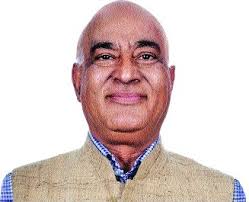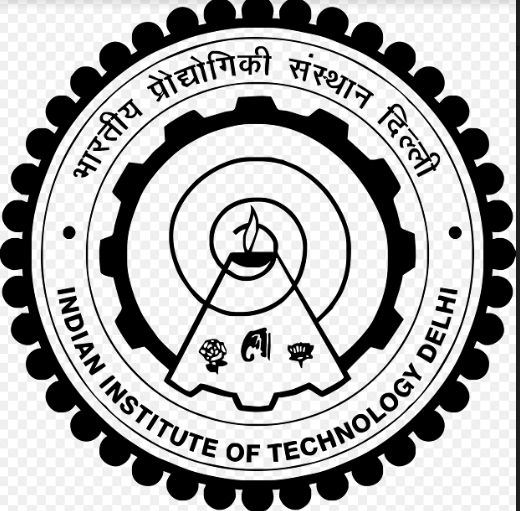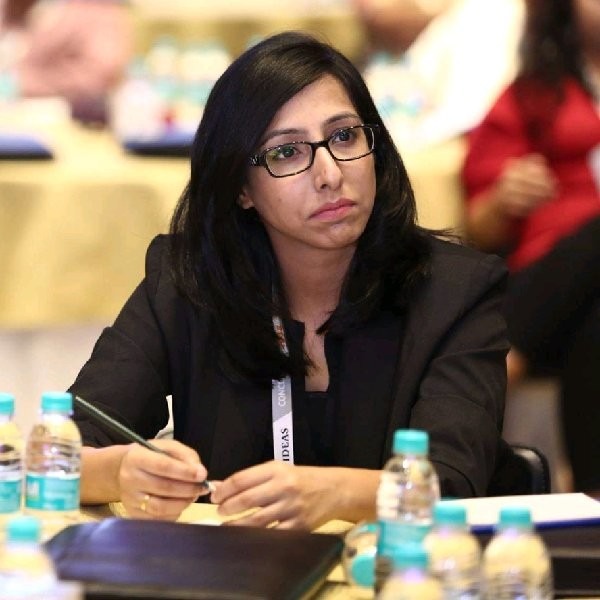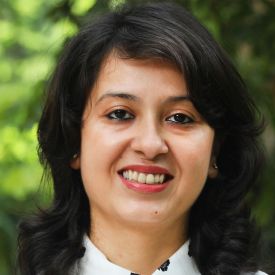Urban exclusion: Rethinking social protection in India in the wake of Covid-19
Economic insecurity caused by lockdowns during the early days of Covid-19 forced many households to rely on government welfare schemes to fulfil their consumption needs. Using data from the June 2020 ...
-
 Pallavi Choudhuri
Pallavi Choudhuri  Sonalde Desai
Sonalde Desai  Santanu Pramanik
Santanu Pramanik  13 June, 2022
13 June, 2022
- Articles
Fatal oblivion: India's National Family Benefit Scheme
The National Family Benefit Scheme (NFBS) – which provides financial assistance to families in the event of the death of a breadwinner – has been plagued by low budget allocations, restricted cove...
-
 Jasmin Naur Hafiz
Jasmin Naur Hafiz  03 January, 2022
03 January, 2022
- Perspectives
Right to Food: Let's get it right
The proposed inter-state resource allocation in the upcoming National Food Security Bill is anti-poor. It will result in unequal treatment of equally poor individuals across rich and poor states. This...
-
 Abhijit Banerjee
Abhijit Banerjee  25 July, 2012
25 July, 2012
- Articles
A national shame: Hunger and malnutrition in India
One area where India’s development falls desperately short is nutrition. Child malnutrition rates are higher in India than in many parts of sub-Saharan Africa. This column argues that there can be n...
-
 Anil Deolalikar
Anil Deolalikar  23 July, 2012
23 July, 2012
- Articles
Walking the poverty line
As India’s Planning Commission seeks to review its measurement of poverty, the issue has become a hot topic for public debate. This column argues that while poverty lines should be used as benchmark...
-
 Himanshu .
Himanshu .  20 July, 2012
20 July, 2012
- Articles
Exploratory research on the impact of the Forest Rights Act, 2006, on deforestation, tribal welfare, and poverty, with implications for implementation
When the United Progressive Alliance came to power in the Indian general elections of May 2004, it published a Common Minimum Programme in which it promised to end the eviction of tribal and other for...
-
 Jean-Marie Baland
Jean-Marie Baland  Jagdish Krishnaswamy
Jagdish Krishnaswamy  François Libois
François Libois  E. Somanathan
E. Somanathan  01 July, 2012
01 July, 2012
- IGC Research on India
Twitter feed
Tweets by Ideas4IndiaMost Popular Poverty & Inequality Posts
Wealth inequality, class, and caste in India: 1961-2012
The level of wealth inequality in India is close to that of some highly unequal countries in the world. This article assesses the long-term evolution of wealth inequality in the country for the period...
 Nitin Kumar Bharti
Nitin Kumar Bharti  28 June, 2019
28 June, 2019
- Articles
Covid-19: What can be done immediately to help vulnerable population
With over 80% of India’s workforce employed in the informal sector and one-third working as casual labour, Covid-19's spread and subsequent unplanned lockdowns, have created economic havoc in the li...
 Reetika Khera
Reetika Khera  25 March, 2020
25 March, 2020
- Perspectives
EWS reservation in higher education: Affirmative action or vote bank politics?
The Constitution (103rd Amendment) Act, 2019, provides for 10% reservation for the economically weaker sections (EWS) in higher educational institutions within the general category. In this post, Devi...
 Devika Malhotra Sharma
Devika Malhotra Sharma  11 September, 2019
11 September, 2019
- Perspectives





 30 September, 2022
30 September, 2022





